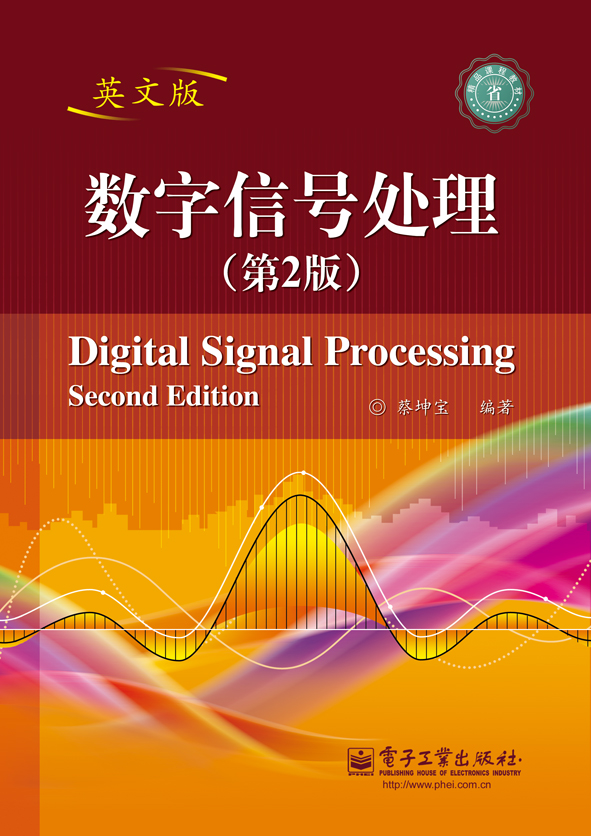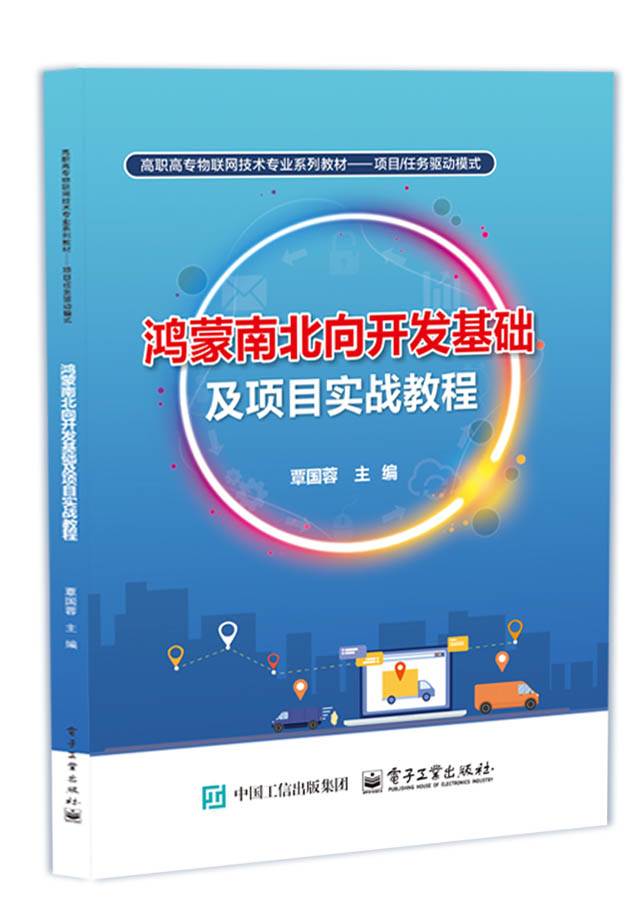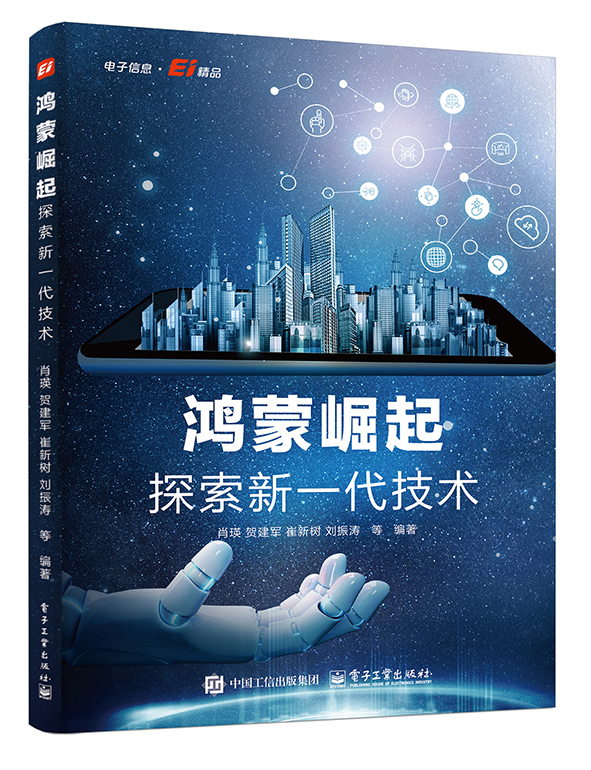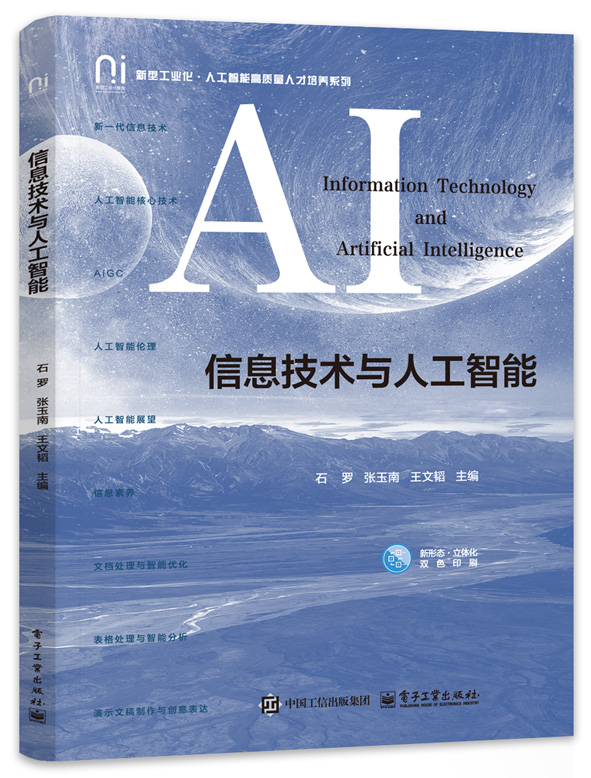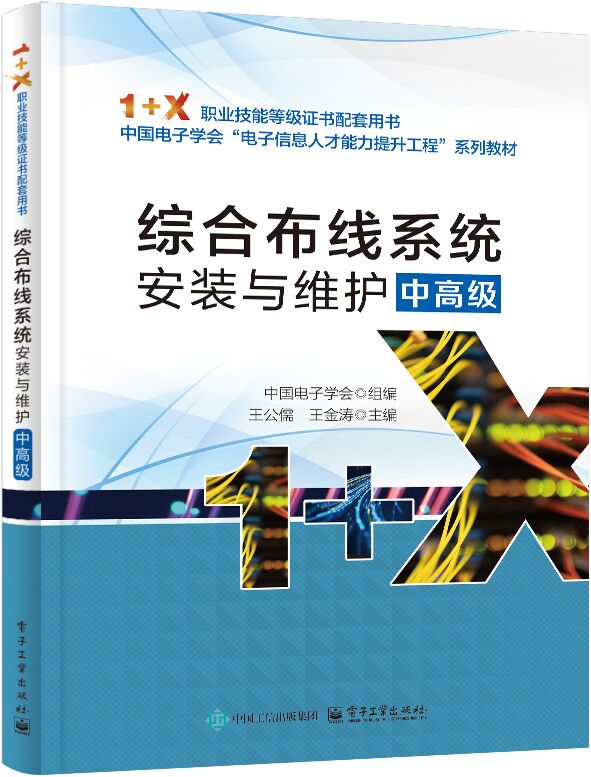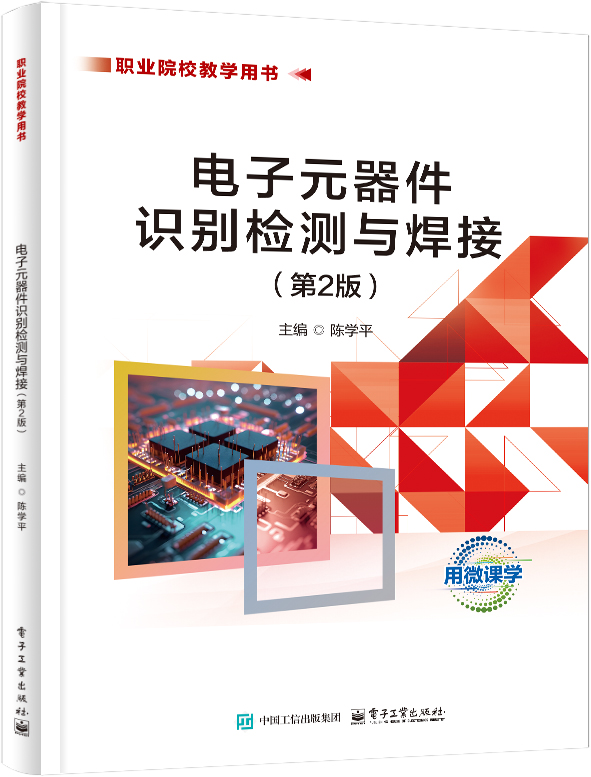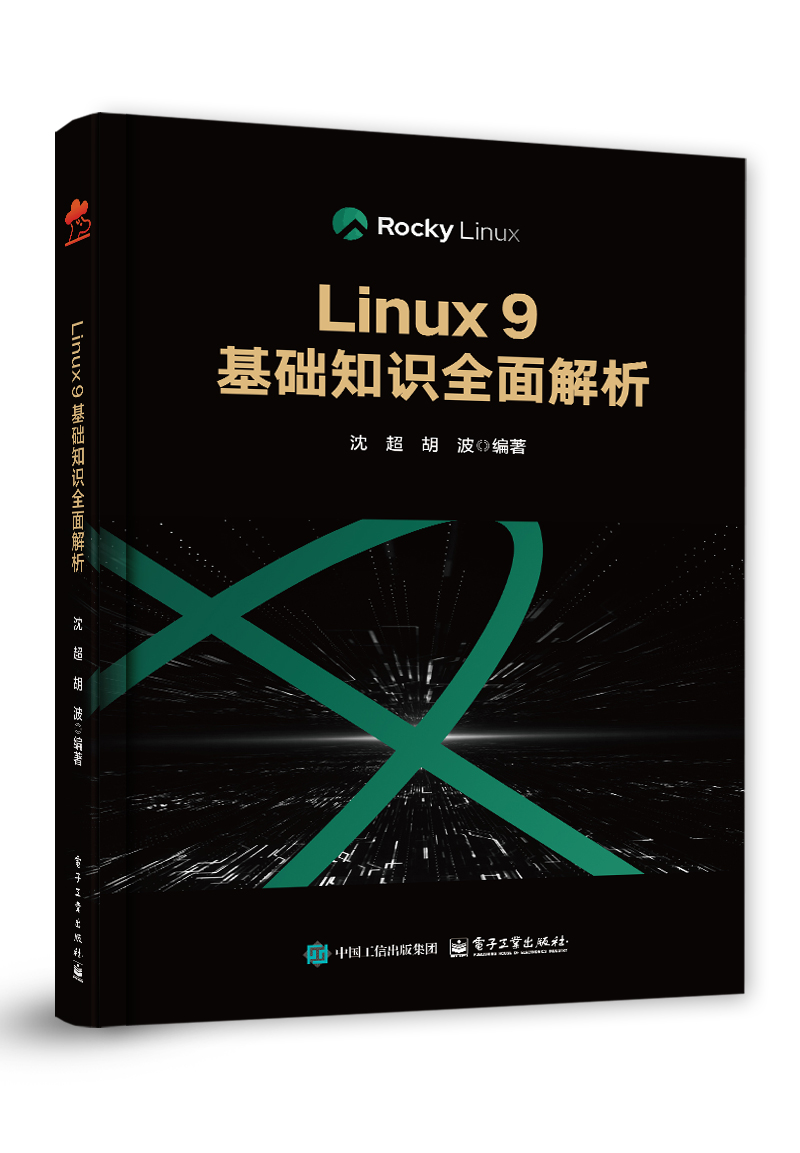数字信号处理:Digital Signal Processing Second Edition(第2版)(英文版)
作 译 者:蔡坤宝
出 版 日 期:2011-03-01
书 代 号:G0129940
I S B N:9787121129940
图书简介:
本书系统地阐述了数字信号处理所涉及的信号与系统分析和系统设计的基本理论、基本分析与设计方法、基本算法和处理技术。全书共10章,主要内容包括:离散时间信号与系统的基本概念,离散时间信号与系统的变换域分析,包括z变换和离散时间傅里叶变换、连续时间信号的抽样与重建,离散傅里叶变换及其快速算法(FFT),数字滤波器实现的基本结构,IIR和FIR数字滤波器的设计原理与基本设计方法,数字信号处理中的有限字长效应,多抽样率数字信号处理。本书配有多媒体电子课件、英文版教学大纲、习题指导与实验手册。 读者对象:本书可以作为电子与通信相关专业的本科数字信号处理课程中英文双语教学的教材,或中文授课的英文版教学参考书,也可供从事数字信号处理的工程技术人员学习参考。本书尤其适合初步开展数字信号处理课程中英文双语授课的师生选用。
定价 39.9
您的专属联系人更多
联系人:马老师
电话:4557
邮箱:malan@phei.com
-
配 套 资 源图书特别说明:
本书的网上资料解压密码为:3531c7275a1765i4321
光盘文件的打开密码(只读)为:College of Communication Engineering Chongqing University
光盘文件的修改密码为:Revision Permitted:20071223本书资源
本书暂无资源会员上传本书资源
-
图 书 内 容
内容简介
本书系统地阐述了数字信号处理所涉及的信号与系统分析和系统设计的基本理论、基本分析与设计方法、基本算法和处理技术。全书共10章,主要内容包括:离散时间信号与系统的基本概念,离散时间信号与系统的变换域分析,包括z变换和离散时间傅里叶变换、连续时间信号的抽样与重建,离散傅里叶变换及其快速算法(FFT),数字滤波器实现的基本结构,IIR和FIR数字滤波器的设计原理与基本设计方法,数字信号处理中的有限字长效应,多抽样率数字信号处理。本书配有多媒体电子课件、英文版教学大纲、习题指导与实验手册。 读者对象:本书可以作为电子与通信相关专业的本科数字信号处理课程中英文双语教学的教材,或中文授课的英文版教学参考书,也可供从事数字信号处理的工程技术人员学习参考。本书尤其适合初步开展数字信号处理课程中英文双语授课的师生选用。图书详情
ISBN:9787121129940开 本:16开页 数:332字 数:832本书目录
Contents 1 Introduction 1 1.1 What Is a Signal? 1 1.2 What Is a System? 1 1.3 What Is Signal Processing? 2 1.4 Classification of Signals 2 1.4.1 Deterministic and Random Signals 2 1.4.2 Continuous-Time and Discrete-Time Signals 3 1.4.3 Periodic Signals and Nonperiodic Signals 4 1.4.4 Energy Signals and Power Signals 4 1.5 Overview of Digital Signal Processing 6 2 Discrete-Time Signals and Systems 7 2.1 Discrete-Time Signals: Sequences 7 2.1.1 Operation on Sequences 8 2.2 Basic Sequences 10 2.2.1 Some Basic Sequences 10 2.2.2 Periodicity of Sequences 13 2.2.3 Representation of Arbitrary Sequences 15 2.3 Discrete-Time systems 16 2.3.1 Classification of Discrete-Time systems 16 2.4 Time-Domain Representations of LTI Systems 21 2.4.1 The Linear Convolution Sum 21 2.4.2 Interconnections of LTI Systems 23 2.4.3 Stability Condition of LTI systems 25 2.4.4 Causality Condition of LTI systems 26 2.4.5 Causal and Anticausal Sequences 26 2.5 Linear Constant-Coefficient Difference Equations 27 2.5.1 Recursive Solution of Difference Equations 27 2.5.2 Classical Solution of Difference Equations 28 2.5.3 Zero-Input Response and Zero-State Response 30 2.5.4 The Impulse Response of Causal LTI Systems 31 2.5.5 Recursive Solution of Impulse Responses 31 2.5.6 Classification of LTI Discrete-Time Systems 33 Problems 34 3 Transform-Domain Analysis of Discrete-Time Signals and Systems 37 3.1 The z-Transform 37 3.1.1 Definition of the z-Transform 37 3.1.2 A General Shape of the Region of Convergence 37 3.1.3 Uniqueness of the z-Transform 40 3.2 Relation Between the ROCs and Sequence Types 41 3.3 The z-Transform of Basic Sequences 44 3.4 The Inverse z-Transform 45 3.4.1 Contour Integral Method 45 3.4.2 Partial Fraction Expansion Method 48 3.4.3 Long Division Method 50 3.4.4 Power Series Expansion Method 52 3.5 Properties of the z-Transform 53 3.6 The Discrete-Time Fourier Transform 60 3.6.1 Definition of the Discrete-Time Fourier Transform 60 3.6.2 Convergence Criteria 62 3.6.3 Properties of the Discrete-Time Fourier Transform 66 3.6.4 Symmetry Properties of the Discrete-Time Fourier Transform 68 3.7 Transform-Domain Analysis of LTI Discrete-Time Systems 70 3.7.1 The Frequency Response of Systems 71 3.7.2 The Transfer Function of LTI Systems 74 3.7.3 Geometric Evaluation of the Frequency Response 77 3.8 Sampling of Continuous-Time Signals 79 3.8.1 Periodic Sampling 79 3.8.2 Reconstruction of Bandlimited Signals 83 3.9 Relations of the z-Transform to the Laplace Transform 85 Problems 88 4 The Discrete Fourier Transform 92 4.1 The Discrete Fourier Series 92 4.2 Properties of the Discrete Fourier Series 96 4.2.1 Evaluation of the Periodic Convolution Sum 99 4.3 The Discrete Fourier Transform 100 4.4 Properties of the Discrete Fourier Transform 102 4.4.1 Circular Convolution Theorems 107 4.5 Linear Convolutions Evaluated by the Circular Convolution 109 4.6 Linear Time-Invariant Systems Implemented by the DFT 112 4.7 Sampling and Reconstruction in the z-Domain 114 4.8 Fourier Analysis of Continuous-Time Signals Using the DFT 117 4.8.1 Fourier Analysis of Nonperiodic Continuous-Time Signals 118 4.8.2 Practical Considerations 120 4.8.3 Spectral Analysis of Sinusoidal Signals 124 Problems 126 5 Fast Fourier Transform Algorithms 130 5.1 Direct Computation and Efficiency Improvement of the DFT 130 5.2 Decimation-in-Time FFT Algorithm with Radix-2 131 5.2.1 Butterfly-Branch Transmittance of the Decimation-in-Time FFT 135 5.2.2 In-Place Computations 135 5.3 Decimation-in-Frequency FFT Algorithm with Radix-2 137 5.4 Computational Method of the Inverse FFT 139 Problems 139 6 Digital Filter Structures 141 6.1 Description of the Digital Filter Structures 141 6.2 Basic Structures for IIR Digital Filters 142 6.2.1 Direct Form I 142 6.2.2 Direct Form II 143 6.2.3 Cascade Form 143 6.2.4 Parallel Form 145 6.3 Basic Structures for FIR Digital Filters 147 6.3.1 Direct Forms 147 6.3.2 Cascade Forms 148 6.3.3 Linear-Phase Forms 148 Problems 150 7 Design Techniques of Digital IIR Filters 152 7.1 Preliminary Considerations 152 7.1.1 Frequency Response of Digital Filters 154 7.2 Discrete-Time Systems Characterized by Phase Properties 156 7.3 Allpass Systems 158 7.3.1 Nonminimum-Phase Systems Represented by a Cascade Connection 160 7.3.2 Group Delay of the Minimum-Phase Systems 161 7.3.3 Energy Delay of the Minimum-Phase Systems 162 7.4 Analog-to-Digital Filter Transformations 163 7.4.1 Impulse Invariance Transformation 164 7.4.2 Step Invariance Transformation 167 7.4.3 Bilinear Transformation 170 7.5 Design of Analog Prototype Filters 175 7.5.1 Analog Butterworth Lowpass Filters 175 7.5.2 Analog Chebyshev Lowpass Filters 179 7.6 Design of Lowpass IIR Digital Filters 184 7.6.1 Design of Lowpass Digital Filters Using the Impulse Invariance 184 7.6.2 Design of Lowpass Digital Filters Using the Bilinear Transformation 188 7.7 Design of IIR Digital Filters Using Analog Frequency Transformations 192 7.7.1 Design of Bandpass IIR Digital Filters 192 7.7.2 Design of Bandstop IIR Digital Filters 197 7.7.3 Design of Highpass IIR Digital Filters 202 7.8 Design of IIR Digital Filters Using Digital Frequency Transformations 206 7.8.1 Lowpass-to-Lowpass Transformation 207 7.8.2 Lowpass-to-Highpass Transformation 209 7.8.3 Lowpass-to-Bandpass Transformation 211 7.8.4 Lowpass-to-Bandstop Transformation 214 Problems 216 8 Design of FIR Digital Filters 217 8.1 Properties of Linear Phase FIR Filters 217 8.1.1 The Impulse Response of Linear-Phase FIR Filters 218 8.1.2 The Frequency Response of Linear-Phase FIR Filters 220 8.1.3 Characteristics of Amplitude Functions 222 8.1.4 Constraints on Zero Locations 227 8.2 Design of Linear-Phase FIR Filters Using Windows 228 8.2.1 Basic Techniques 228 8.2.2 Window Functions 230 8.2.3 Design of Linear-Phase FIR Lowpass Filters Using Windows 236 8.2.4 Design of Linear-Phase FIR Bandpass Filters Using Windows 239 8.2.5 Design of Linear-Phase FIR Highpass Filters Using Windows 241 8.2.6 Design of Linear-Phase FIR Bandstop Filters Using Windows 242 Problems 244 9 Finite-Wordlength Effects in Digital Signal Processing 246 9.1 Binary Number Representation with its Quantization Errors 246 9.1.1 Fixed-Point Binary Representation of Numbers 246 9.1.2 Floating-Point Representation 249 9.1.3 Errors from Truncation and Rounding 249 9.1.4 Statistical Model of the Quantization Errors 253 9.2 Analysis of the Quantization Errors in A/D Conversion 254 9.2.1 Statistical Model of the Quantization Errors 254 9.2.2 Transmission of the Quantization Noise through LTI Systems 257 9.3 Coefficient Quantization Effects in Digital Filters 258 9.3.1 Coefficient Quantization Effects in IIR Digital Filters 258 9.3.2 Statistical Analysis of Coefficient Quantization Effects 263 9.3.3 Coefficient Quantization Effects in FIR Filters 266 9.4 Round-off Effects in Digital Filters 268 9.4.1 Round-off Effects in Fixed-Point Realizations of IIR Filters 268 9.4.2 Dynamic Range Scaling in Fixed-Point Implementations of IIR Filters 274 9.5 Limit-Cycle Oscillations in Realizations of IIR Digital Filters 278 9.5.1 Zero-Input Limit Cycle Oscillations 278 9.5.2 Limit Cycles Due to Overflow 281 9.6 Round-off Errors in FFT Algorithms 288 9.6.1 Round-off Errors in the Direct DFT Computation 288 9.6.2 Round-off Errors in Fixed-point FFT Realization 289 Problems 293 10 Multirate Digital Signal Processing 296 10.1 Sampling Rate Changed by an Integer Factor 296 10.1.1 Downsampling with an Integer Factor M 296 10.1.2 Decimation by an Integer Factor M 299 10.1.3 Upsampling with an Integer Factor L 302 10.1.4 Interpolation by an Integer Factor L 303 10.2 Sampling Rate Conversion by a Rational Factor 305 10.3 Efficient Structures for Sampling Rate Conversion 307 10.3.1 Equivalent Cascade Structures 308 10.3.2 Polyphase Decompositions 309 10.3.3 Polyphase Realization of Decimation Filters 310 10.3.4 Polyphase Realization of Interpolation Filters 311 Problems 312 Appendix A Tables for the z-Transform 315 Appendix B Table for Properties of the Discrete-Time Fourier Transform 317 Appendix C Table for Properties of the Discrete Fourier Series 318 Appendix D Table for Properties of the Discrete Fourier Transform 319 Appendix E Table for the Normalized Butterworth Lowpass Filters 320 References 321展开前 言
前 言 21世纪是国际化的知识经济时代,理工科教育已发生深刻的变化,各专业涉及的新理论与新技术发展日新月异,科技的创新在很大程度上已依赖于信息的及时获取、准确理解和有效利用。当今,数字信号处理理论和算法的研究、应用与实现技术的发展,以及其在现代信息与通信技术中的重要性和巨大潜力,已超越了初期人们所做的估计与预测。与此同时,社会对高素质信息技术人才的需求对高等学校专业基础课程的教学质量提出了越来越高的要求,然而“数字信号处理”及其相关技术的基础课程所能获得的学时数反而在减少。有知名专家与学者将当今的教学改革难题归结为:人类知识的无限积累与个人学习能力和时间的有限形成间日益尖锐的矛盾。 高等教育的国际化是当今教育与教学改革的必然趋势,国际视野和国际交流能力已成为我国高等学校人才培养的一项基本要求。为适应教学改革的新要求,我总结了“数字信号处理”教学与科研工作20余年所积累的经验与创新成果,并力图继承国内老一代专家与学者编著的优秀教材的知识体系结构严谨、系统性强的特色与传统,参考了20余本国内外一流或知名高等学校的优秀教材,通过消化、吸收和创新,编写了本书。2007年8月本书第1版由电子工业出版社出版。此后,本书在作者本人执教的重庆大学通信工程学院本科数字信号处理课程双语教学班连续使用了4届。本书第1版于2010年已脱销,由于作者工作繁忙,直至今日才进行修订工作。 我在教材内容的选择、知识体系的组织和编排方面,做了慎重考虑——本书内容要适应我国高等学校的教学和课程设置的实际情况。面对数字信号处理知识内容迅速扩展和学时数有限的实际情况,我在编写过程中始终贯彻的基本思想是:使读者系统地掌握离散时间信号与系统分析与设计的基本理论;在两种常用的数字信号处理技术方面(基于DFT的连续时间信号的频谱分析、IIR和FIR滤波器那样的数字信号处理系统的设计),力求使读者对分析与设计的原理和方法有较透彻的理解与掌握;在数字信号处理系统中的有限字长效应和多抽样率数字信号处理方面打下一定的基础;通过进一步自学或学习更加深入的后续课程,即可较容易地扩充数字信号处理的理论知识与实际技能。 基于我使用第1版作为教材的实际经验与体会,第2版保留了第1版中的主要内容,以适应目前本科教学的基本需要;压缩了篇幅,以适应学时数减少的实际情况;修正了第1版中的文字与公式符号错误,润色了语句文字。具体修订情况如下: ① 基于提高课堂教学效率和提高学生分析与解决问题能力的考虑,对第1版第2、3章中一些相对较简单的例题进行了精简。这些例题的题目被插入到相应章的习题中,可以作为学生课后作业。 ② 考虑到学时数有限的实际情况,而且第1版未介绍频率抽样滤波器设计的内容,删除原6.3.4节。 ③ 基于方便教师检验课堂教学效果的考虑,删除第1版附录F课后习题参考答案。为方便学生自学,课后习题参考答案可登录华信教育资源网注册下载。 本书为使用本书作为教材的教师提供免费多媒体电子课件、英文版教学大纲、习题详解手册和实验指导手册等教学辅助资料,请教师登录华信教育资源网(http://www.hxedu.com.cn)注册下载申请表格,填写后发邮件至wyj@phei.com.cn索取光盘。我认真准备了这套教学资源,相信对教学质量的提高大有裨益,可为初步开设数字信号处理双语教学课程的教师显著地提高备课效率。 在本书出版之际,谨向我的导师——重庆大学电气工程学院的江泽佳教授和周守昌教授表示由衷的感激和深深的敬意!衷心感谢为本书第1版的初稿提出评审意见及修改、校正的建设性建议的重庆大学电气工程学院的江泽佳教授、北京邮电大学电子工程学院的尹霄丽教授和英国伦敦 Bristol大学的江丕书博士。衷心感谢为本书顺利出版而付出辛勤劳动的电子工业出版社高等教育分社谭海平社长(第1版责任编辑)、马岚副编审和王羽佳编辑。我还要向在数字信号处理双语教学班上使用了本书第1版作为教材的空军雷达学院等多所高校表示感谢!感谢他们对本书的信任与支持! 由于作者水平有限,本书的错误和疏漏之处,望读者批评指正! 蔡坤宝 2011年2月展开作者简介
本书暂无作者简介 -
样 章 试 读本书暂无样章试读!
-
图 书 评 价 我要评论
